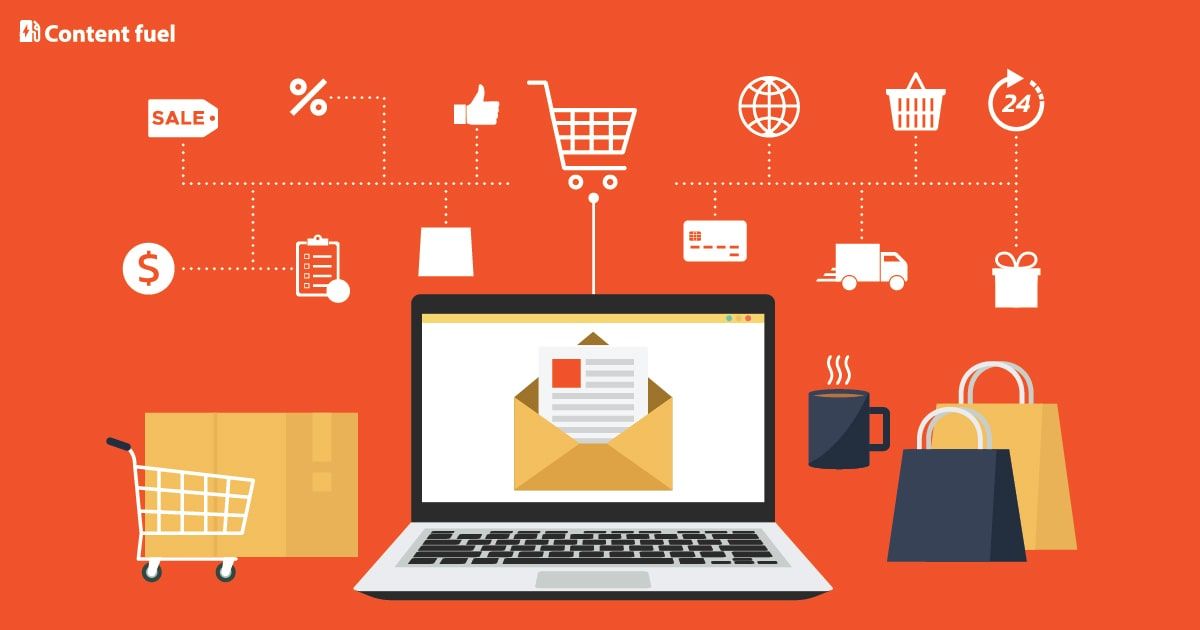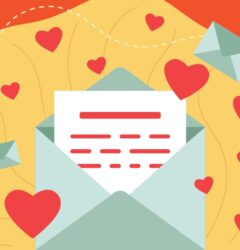23 Apr

If you are using email to market or promote your brand, knowing the email copy best practices should be on top of your priority. While it’s true that sending emails could be an effective marketing strategy, it will still boil down on the quality of your message.
For some, they give weight to the overall aesthetics of the email. This means, they spend hours thinking of the best layout, color scheme, font style, and other design elements. That’s not bad. And in fact, it could boost your open rate as well. However, do not forget that your copy is as important too.
Now, let’s answer, ‘What are the email copy best practices?’
Never Undermine a Good Subject Line

Many people focus their energy on writing the email content and will least prioritize the subject line. That’s one of the worst mistakes you will ever commit.
Imagine this. On average, a person gets around 100 emails every day. Do not expect that they will read everything one by one. The common practice is to just read the subject and gauge if it is important or interesting enough. If it is, they will open it. If not, it will go straight to the trash.
And if your email is commonly thrown into the bin, the succeeding sales emails will go directly to their spam folder.
So what do you have to do?
One technique is to write a subject line that targets their pain points. Stay away from generic lines that they would probably see from your competitors. Another tactic that you can use is quite unusual, but it works for some – add emojis. However, this depends on your niche, market, and content.
Take time to write your subject line. Some copywriters do this after completing the body of their email to come up with a suitable line.
Humanize Your Copy
Sure, you want to sound professional, and that’s not 100% bad. If you use it in the right venue, you could leave a great impression.
But here’s the thing. The majority of the customers right now are easily turned off by rigid-sounding emails. These are the messages where the content is too salesy and technical. Your end-user would not want to read those things. You have to set your tone as if you are writing to a friend or someone you already know.
Many emails are less-friendly because the copywriters think they need to write for hundreds of people. Yes, you are going to send your email to multiple recipients. But that doesn’t mean that your tone should be less personal. In fact, to humanize your copy, think that you are writing for one person. This builds trust, and there’s a better chance that your subscriber will turn into an actual customer.
Benefits Over Features
You’ve probably heard this many times, but we still see many emails highlighting their product’s features instead of benefits. However, you have to remember that your subscriber would always ask, ‘What’s in it for me?’
So, for example, you are selling an email automation tool. You don’t just write, ‘It can send 100 messages simultaneously.’ Instead, you have to think about why this feature is important for your users.
You can say, This tool saves you 90% of your time and effort and increases your profit by 20%.
And who doesn’t want to be more efficient, right? However, if you are to write percentages or data in general, you need to make sure that it’s backed up by research and not just a desperate attempt to win the customer.
You can even add sensory words which help your readers see the bigger picture when they buy from you. Remember, emotional appeal works every time, and you can use that to your advantage.
Simplify and Shorten Your Email Copy
If you want your recipient to read your message, keep your email copy simple and short. Again, people just scan their email messages. And we don’t think this behavior will change anytime soon. So imagine if your sales copy is lengthy and hard to read. They will ignore it and go to their next email.
At the onset, you have to be clear with your email. As much as possible, write your best offers or promos at the beginning of your message. Let it show on the preview text as well. This should make your reader pause for a while.
In addition, never use industry terms or jargon even if you are in a highly professional industry. You have to consider that your sales copy is for average consumers.
Just be straightforward, and don’t forget to add a call-to-action so you can convert them at the soonest possible time.
Avoid All Caps and Exclamation Points

No matter how great your promo is, you should never use all caps and even multiple exclamation points. These two could be translated to shouting. And over the years, this has been proven to be ineffective for sales copy.
Test Your Emails
This isn’t a writing tip but is equally important if you want to convert your subscribers.
We know that it’s time-consuming to run A/B tests on your sales email, but it’s a step that you shouldn’t ignore. This approach will allow you to refine your messaging depending on what your market wants.
Remove your biases or your personal writing style when drafting your message. Remember that a sales copy is written for your audience and not for you.
Do’s and Don’ts of Sales Email
Here’s a shorter guide for you – just in case you are running out of time.
Do: Think about a compelling subject line
Don’t: Mislead your readers with a clickbait subject line
Do: Sound friendly
Don’t: Include industry terms and jargon
Do: Show your readers the benefits
Don’t: Stop at your product’s features
Do: Shorten your sales email
Don’t: Write a novel-piece
Conclusion
Writing a sales email entails different skills and expertise. It’s far more different when you are writing a blog post where your readers have the time to run through everything from top to bottom.
Using the email copy best practices is necessary if you want your messages to be read, and if you wish for your subscriber to purchase from you. It’s not an easy task. But if these email copy best practices are done correctly, you get to earn exponentially.










